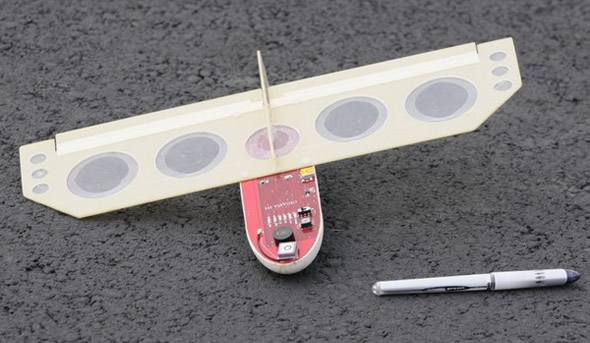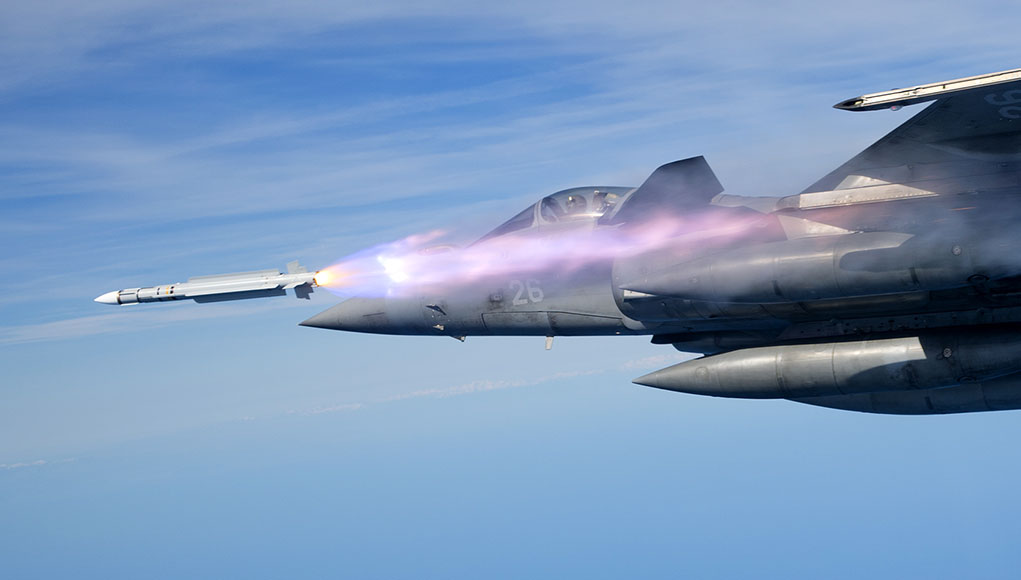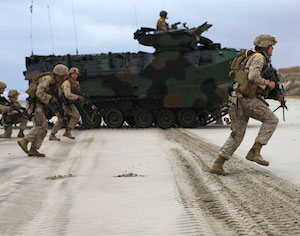Pentagon Spends US$4 Billion on the Fifth Production Batch of 30 F-35s
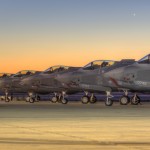
The US Department of Defense awarded Lockheed Martin four billion US$ for the procurement of 30 F-35s as part of the fifth F-35 Low Rate Initial Production (LRIP V) batch.
LRIP V represents a drop the F-35 production program, compared to LRIP IV which included 32 aircraft, including two export variants. The next production batch, LRIP VI is expected to introduce even deeper cuts, down from 80 to 38. (Defense-Update)
Elbit Systems, L3 seek New Business Opportunities in Canada
December 9, 2011: L-3 Electronic Systems (L-3 ES) and Elbit Systems Land and C4I (ESL Land) have announced a plan to establish local operations in Nova Scotia, Canada supporting future defense programs. If the team wins part of the the Canadian Tactical Armored Patrol Vehicle (TAPV) and/or and the Integrated Soldier System Program (ISSP) work share, the two companies will be working together as ‘Canterra Solutions’, a Nova Scotia based partnership. For these programs the team plans to produce ESL’s Dual Remote Weapon Station and Dominator soldier systems. (Otawa Citizen)
COTS Terminal Transfer Secure Video, voice and data Over Military WGS Satcom
December 6, 2011: December 6, 2011: A recent technology demonstration conducted by the U.S. Air Force and Defense Information Systems Agency (DISA) validated the use of commercial off the shelf (COTS) aero-mobile low-profile Ka-band terminal over DOD Wideband Global Satcom (WGS) system. Test criteria included an airborne bi-directional video teleconferencing session while simultaneously running IP file transfer applications. (Defense-Update)
Fire Scout Demonstrates Support for Manned-Unmanned Naval Operations
December 5, 2011: After the U.S. Army demonstrated the use and advantages of collaboration between manned and unmanned platforms, The U.S. Navy has recently demonstrated how such operations can also enhance naval operations, relaying video images captured by an unmanned MQ-8B Fire Scout to the cockpit of an MH-60 SeaHawk helicopter. During the demonstration held in October 2011, crew members aboard a nearby U.S. Coast Guard boat also viewed Fire Scout’s sensor data in real time using a remote terminal. (Defense-Update)
CICADA Micro-Drones Opens New Opportunities for Future Covert Surveillance
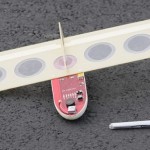
December 5, 2011: The Naval Research Laboratory (NRL) successfully completed flight tests demonstrating how miniature, disposable aerial vehicles can be used to emplace covert sensors on the ground. The ‘Autonomous Deployment Demonstration’ (ADD) conducted in September 2011 at the Yuma Proving Grounds in Arizona spanned over a series of eight balloon-drops at altitudes of up to 57,000 ft, delivering an unmanned ‘mothership’ UAV carrying two Close-In Covert Autonomous Disposable Aircraft (CICADA) vehicles on sensor-emplacement missions. The sensors were deployed across a distance of 30 nautical miles (55km) dispersing to assigned locations within 3 meter (15 feet) of their intended landing locations. (Defense-Update)
Cooperative Engagement to Enhance Naval Anti-Air Capability
Raytheon to Continue Support Cooperative Engagement Raytheon Network Centric Systems has been awarded a $67 million contract modification to continue the modification of the Cooperative Engagement Capabilities (CEC) Program for the U.S. Navy. CEC is a sensor netting system that significantly improves battle force anti-air warfare capability, improving overall situational awareness, enabling longer range, cooperative, multiple, or layered engagement strategies. CEC provides this by extracting and distributing sensor-derived information such that the superset of this data is available to all participating CEC units.
Lockheed Martin to Develop an IRST for the Super Hornet
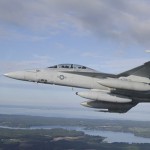
November 22, 2011 — Lockheed Martin will develop the Infrared Search and Track (IRST) sensor system for the U.S. Navy F/A-18E/F, enhancing the fighter plane’ air-to-air combat potential, providing a ‘first to see, first to strike’ capability. The IRST is a passive, long-range sensor that simultaneously tracks multiple targets over a large area and is unaffected by electronic attack or radar jamming. It works with the aircraft’s radar to enhance the overall weapon system performance, even in a jamming environment. The IRST system’s high-angle accuracy also provides the ability to track closely-spaced targets at maximum ranges. This information can be combined with other on-board sensor data or used alone to further enhance the pilot’s situational awareness. Boeing, the prime contractor for the F/A-18E/F IRST was awarded a $135 million contract for this program, scheduled to achieve Initial Operating Capability in 2016. Lockheed Martin is the subcontractor in the program, currently producing the Tiger Eyes IRST for the South Korean F-15K Slam Eagle. A similar system is in development with Boeing, for the U.S. Air Force F-15C. (Defense-Update)
Riverine Group Evaluates Using USVs in Littoral, Riverine Operations
Three small unmanned surface vessels (USV) delivered last month for operational evaluation of unmanned vessels as part of littoral reconnaissance and surveillance tasks. Testing will be conducted by the Navy’s Riverine Group 1. The new assets are part of the Modular Unmanned Surface Craft Littoral (MUSCL) a small (X-class) USV designed to perform tedious, repetitive or dangerous surveillance tasks otherwise done by manned boats. The X-class boat is a two-man portable craft equipped with intelligence, surveillance, and reconnaissance (ISR) surveillance sensors and communications package providing real-time monitoring of suspicious vessels, personnel, and activity along waterways, shorelines, under bridges or piers. The units can be employed from Navy riverine assault or patrol boats.
Laying the keel for DDG1000 Zumwalt
November 17, 2011: The U.S. Navy laid the keel for its first Zumwalt-class destroyer (DDG 1000) at General Dynamics-Bath Iron Works shipyard in Bath, Maine. While significant modules of the vessel are already under construction since 209, the keel laying continues to symbolically recognize the joining of the ship’s components and the ceremonial beginning of the ship. Zumwalt is currently more than 60 percent complete and scheduled to deliver in fiscal year 2014. Construction on the second ship of the class, Michael Moonsoor (DDG 1001), began March 2010.
Past Reports:

